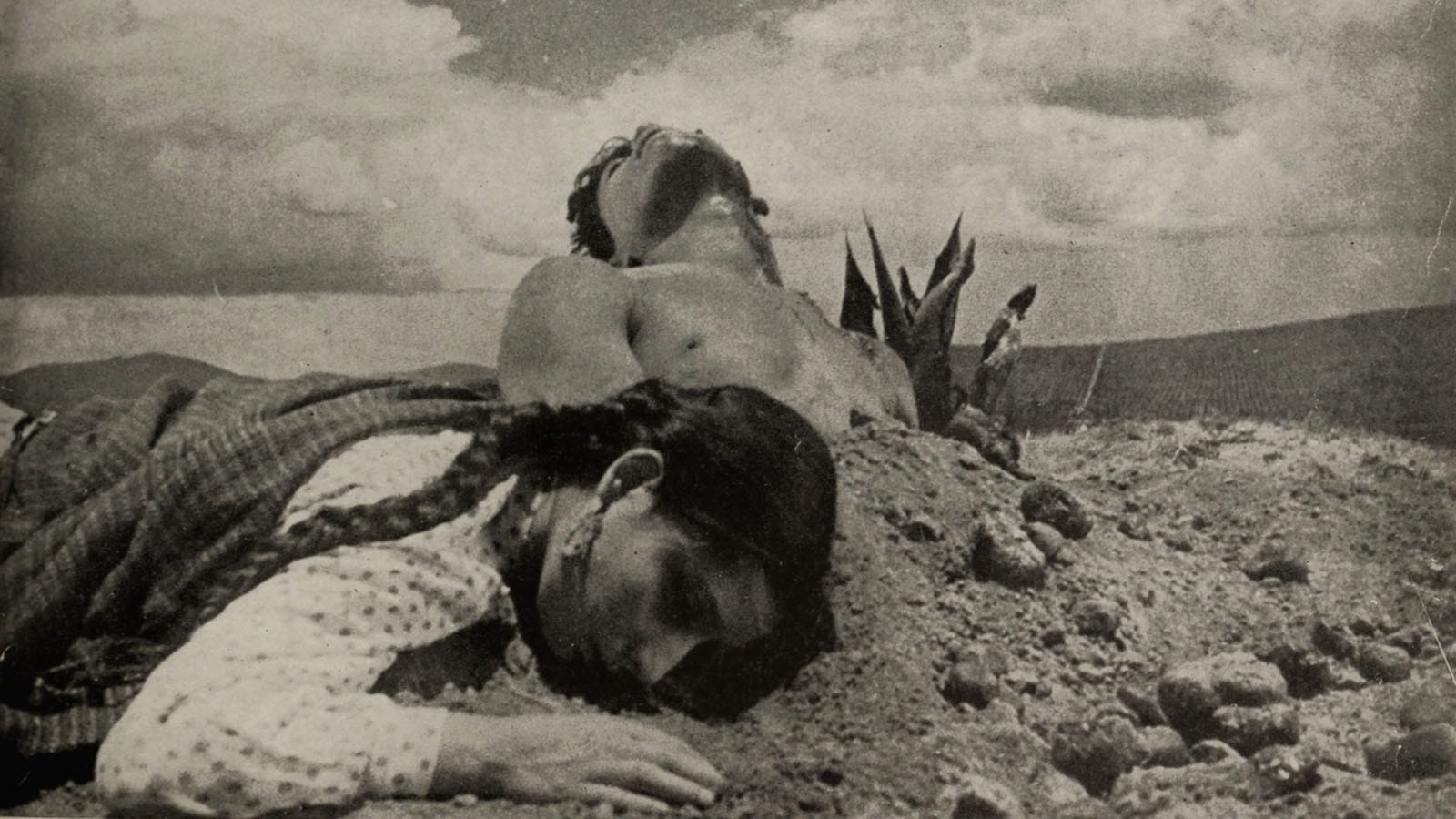Journal Spotlights Eisenstein and Tati

NECSUS, an international journal of media studies published by Amsterdam University Press, has been putting out two freely accessible issues a year since 2012. A mix of scholarly deep dives and lighter yet always informative fare, the journal is currently rolling out its new issue, and already, there’s a lot here that’ll be of interest to cinephiles. Alma Mileto talks with Marie Rebecchi and Elena Vogman about the exhibition they’ve curated, Sergei Eisenstein: The Anthropology of Rhythm, which opened in Rome last year before moving on to Berlin. The collection gathers documents, notebooks, drawings, footage, and photographs related to Eisenstein’s uncompleted projects Que viva Mexico! (1931–1932), Bezhin Meadow (1935–1937), and Fergana Canal (1939). As the curators write in an excerpt from the accompanying book, by focusing “on the representation of people, in particular the intense and astonishing variety of ways in which Eisenstein filmed human faces, the presented materials illuminate hitherto unknown documentary and ethnographic facets of Eisenstein’s work.”
Also notable is Michael Cowan’s article on an early form of interactive cinema, shooting galleries in which people could fire live ammunition at roaming game projected behind a fairground booth. We also find essays on animated GIFs as online memorials, weather in the movies, outdoor mobile theaters, the relationship between film and photography,experimental cinema at Amsterdam’s EYE Museum, book reviews, and more.
Miklós Kiss, who teaches at the University of Groningen, has actually cut a trailer for the audiovisual essay section he’s guest-edited. The focus is on analyses of selected scenes, and it’s a particularly strong round of four selections. Liz Greene examines how David Lynch may be implicating the viewer in a brutal scene in Blue Velvet (1986). Patrick Keating considers what a montage that appears toward the end of Orson Welles’s The Magnificent Ambersons (1942) might have been like in the original (and now lost) 131-minute version. Davide Rapp illustrates how Mario Bava “wreaks havoc with spatial and temporal recognition” in a surrealistic sequence in Kill, Baby. . . Kill! (1966). And Kiss himself presents a visual analysis of a single joke in Jacques Tati’s PlayTime (1967):



